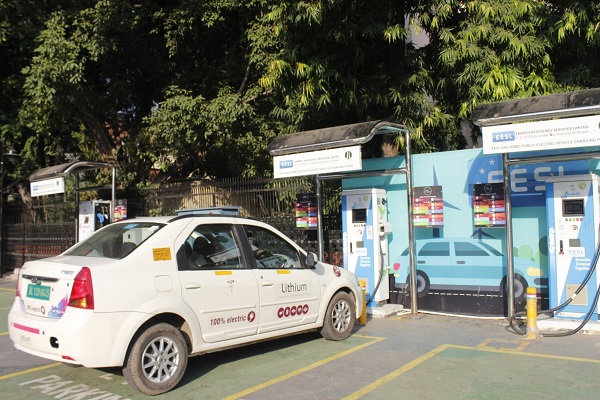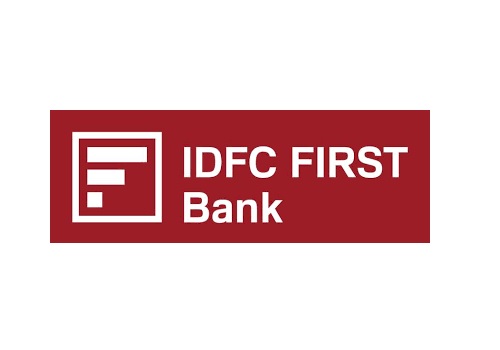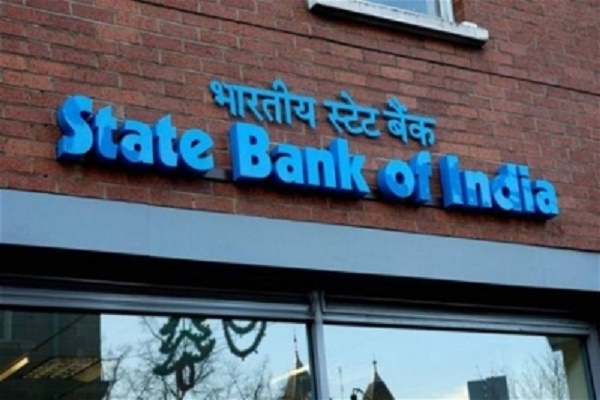Banking Sector Update : A modest relaxation for Small Finance Banks by Kotak Institutional Equities

A modest relaxation for Small Finance Banks
The RBI has notified lower PSL requirements for Small Finance Banks, effective FY2026. Accordingly, the overall PSL requirement will be 60% (75% earlier) of Adjusted Net Banking Credit (ANBC) or Credit Equivalent of Off-Balance Sheet Exposures (CEOBE), whichever is higher. Sub-sector requirements remain unchanged. We believe this change offers SFBs more flexibility in de-risking and diversifying their loan book over a period of time.
Overall PSL requirement for SFBs cut to 60% from 75%
The RBI has relaxed the overall PSL requirement for SFBs to 60% of ANBC or CEOBE, whichever is higher, from 75% earlier. The sub-sector requirements remain unchanged: 18% for agriculture, 7.5% for microenterprises and 12% for advances to weaker sections. Within agriculture, 14% remains toward non-corporate farmers (NCF), out of which 10% is prescribed for small and marginal farmers (SMF). This circular follows two other recent circulars: (1) one in March 2025, where the RBI broadened the scope of exposures that can be classified as PSL and (2) one in June 2025, where the RBI cut the qualifying assets criterion for NBFC-MFIs to 60% from 75%.
The challenge in PSL compliance for small and marginal farmers continues
Note that this relaxation does not solve the PSL compliance challenge for the small and marginal farmers (SMF) sub-sector, where the requirement stays unchanged at 10% of ANBC. Several SFBs have faced challenges in meeting SMF requirements organically in the recent past, and these challenges might continue in FY2026, given the sluggishness in microfinance loan growth. Further, we do not expect this relaxation to free up any additional SMF assets for SFBs to offer in the PSLC market. SMF remains the most attractive PSL sub-sector, with PSLC commissions in the range of 1.5-2.0% historically (Exhibit 1). In the near term, the relaxation will likely free up additional PSL in other sub-sectors (where PSLC commissions are much lower; see Exhibit 2) for SFBs to earn modestly higher commissions until the share of PSL assets is in surplus.
Several potential motivations for this relaxation
We have kept our estimates for SFBs unchanged for now, as we do not expect a definite material change in profitability. We can think of the following potential objectives of the regulator in cutting the PSL target for SFBs: (1) it allows SFBs to build loan assets that offer better operating profitability and/or scalability; (2) it allows SFBs to build loan assets that are less risky/cyclical and more diversified in terms of the borrower profile; (3) it addresses (partially) at least one of the reasons for SFBs to request a universal bank transition; and (4) it aligns the PSL requirement with the recently revised qualifying assets criterion for NBFC-MFIs. We are unsure about the precise objective of this relaxation, but we are inclined to believe that it is likely to encourage SFBs to pursue a swifter de-risking and diversification (which was also one of the preferred criteria stated for voluntary transition to universal bank) of the loan book. Hence, we see this relaxation as a positive for SFBs from an optionality perspective. However, we will wait to see how it translates into the business strategy of each SFB.
Above views are of the author and not of the website kindly read disclaimer
























